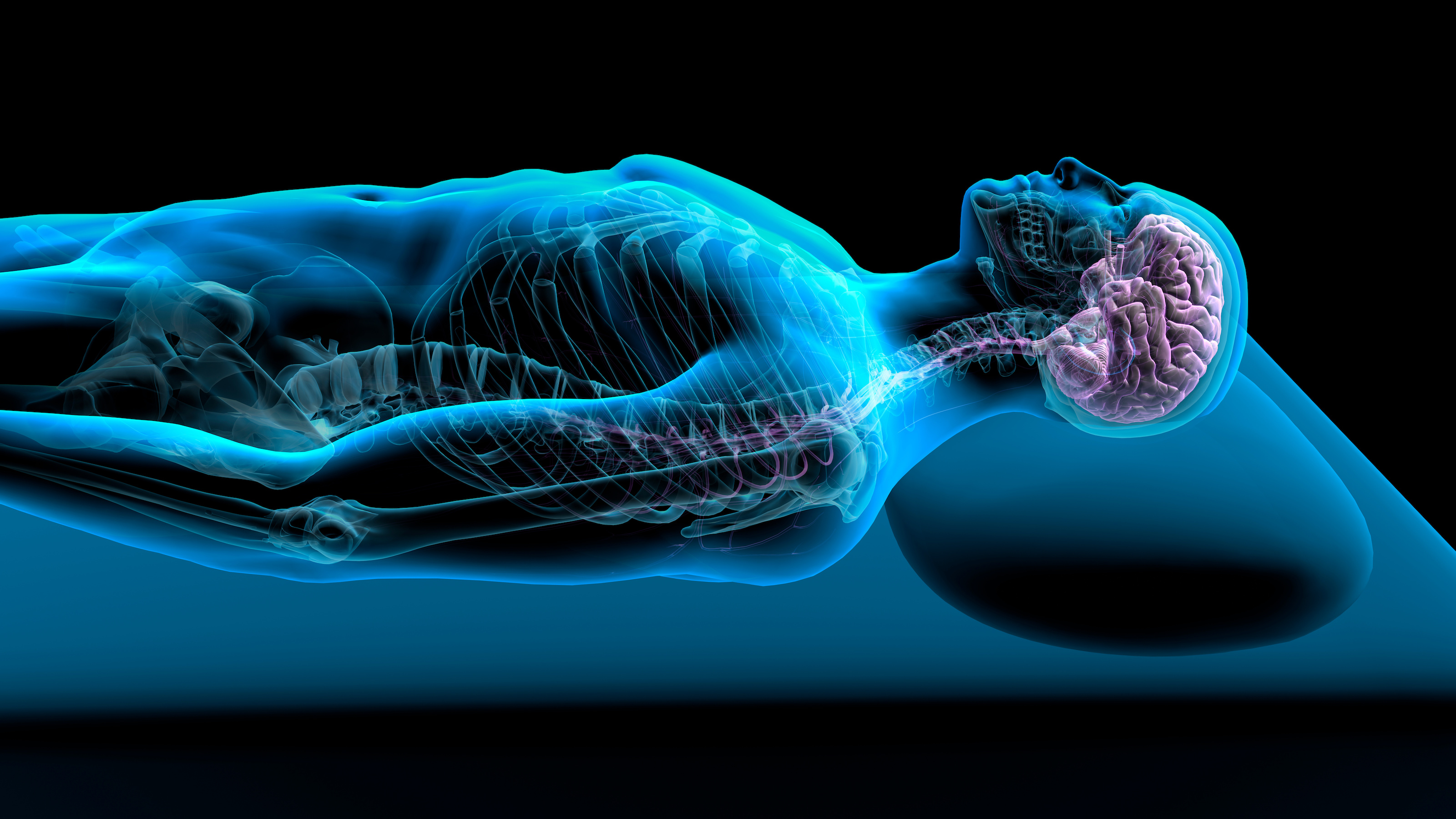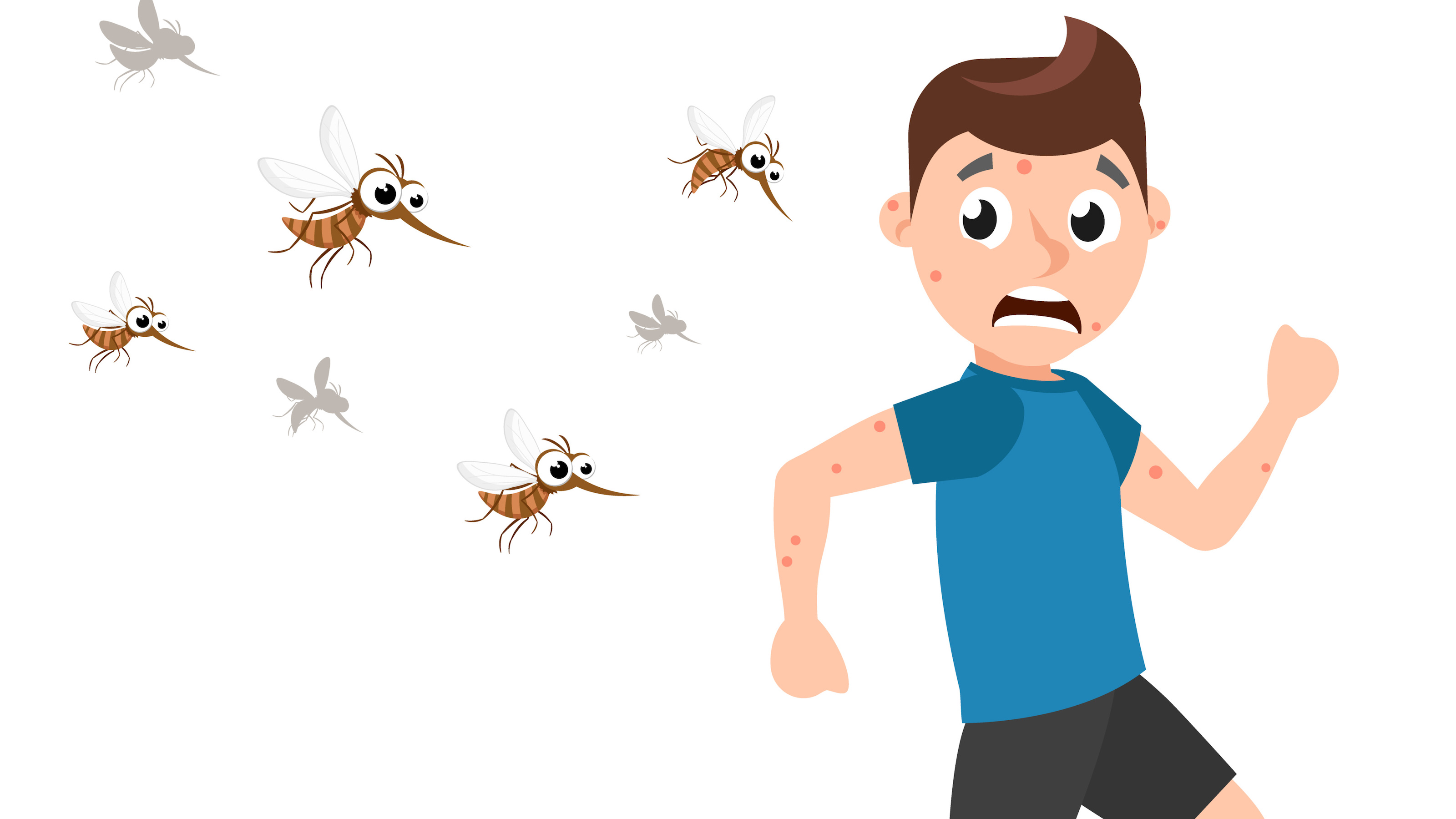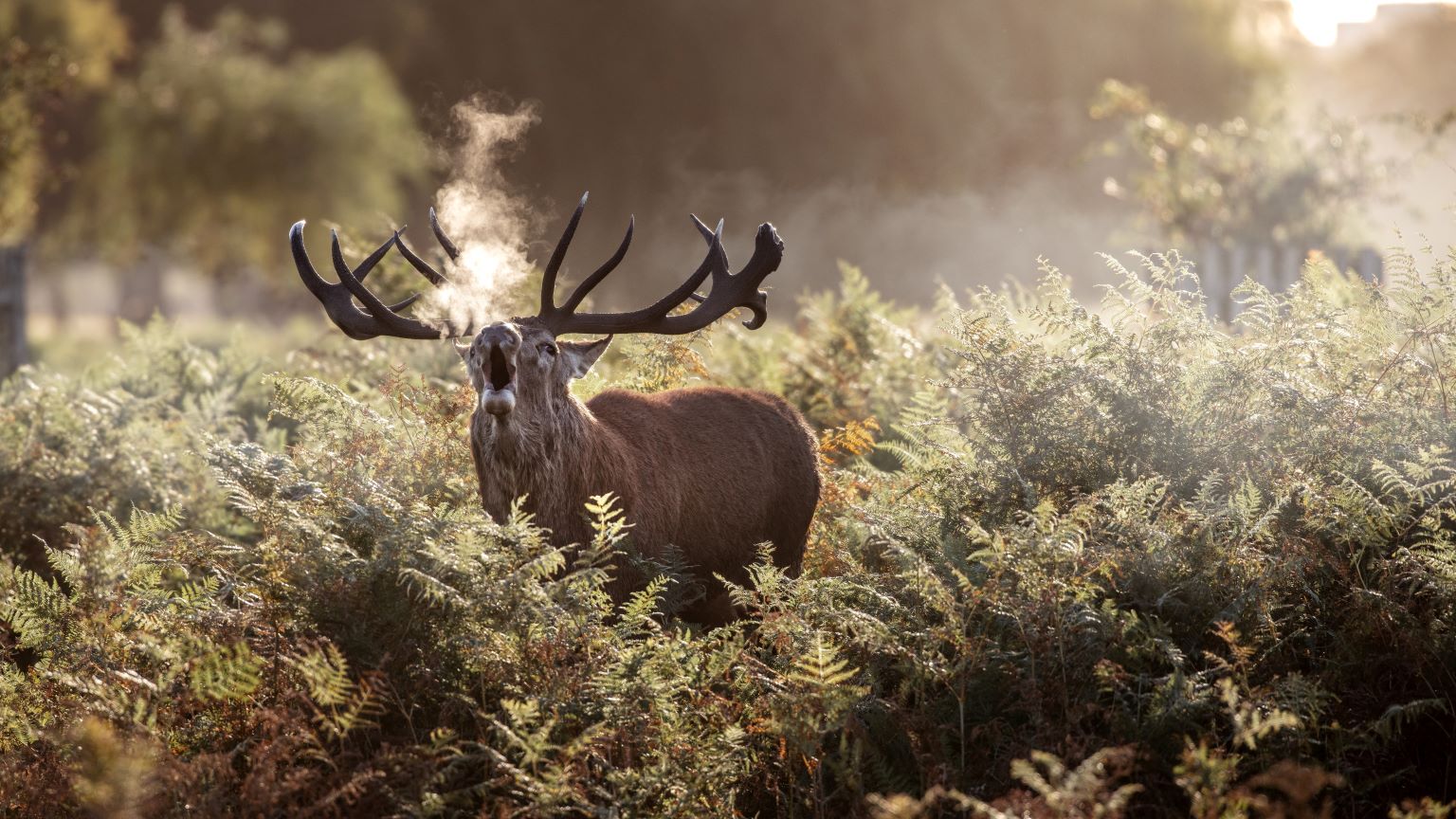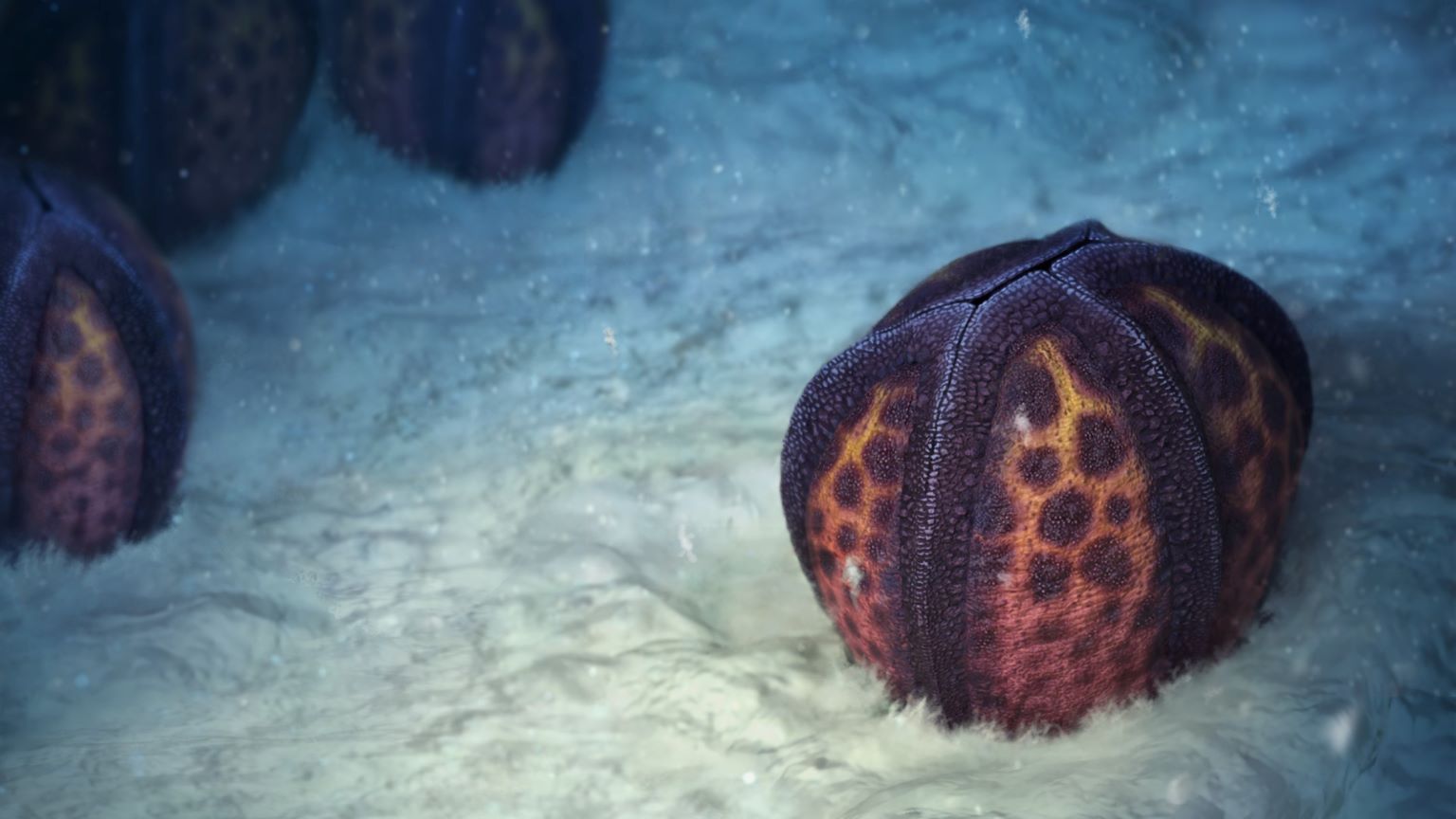animals
The zebras were originally part of a newspaper tycoon’s private zoo. Now they roam the San Simeon grasslands, growing in numbers.
Turning off a gene called “Myc” has a surprising effect in male fruit flies: They start courting other males.
It might be good for your memory.
Mammals have a history stretching back 325 million years. To study that ancient history is to know our own origins.
Predatory dinosaurs with big skulls tend to have tiny arms. Researchers propose there might be a direct link between those traits.
Flies are in no way smart, but they experience time in an almost Matrix-like fashion.
Scuba divers often appear to be swimming through a calm and muffled universe. This couldn’t be farther from the truth.
The good news is that it can be countered with acne medication.
New research finds that dinosaurs were already adapted to living in cold climates before the end-Triassic mass extinction. But how?
Genetic analysis reveals that a specimen collected in 2019 is the same subspecies as one caught more than a century earlier.
A successful trial that tested a vaccine against bladder cancer in dogs could help develop a similar one for humans.
There’s a fatal prion infection killing deer and elk across North America.
More than 90% of human faces are home to mites that live in our skin pores. These friendly guests might be merging with us.
Research sheds light on social behavior of these mysterious predators.
There’s an enormous evolutionary advantage for flamingos to stand on one leg, but genetics doesn’t help. Only physics explains why.
Yorkicystis lived during the “Cambrian explosion,” 539 million to 485 million years ago – hundreds of million years before the dinosaurs.
All marbled crayfish descended from a single clone discovered in Heidelberg, Germany in 1995.
“Lac-Phe” grants obese mice the benefits of exercise — without exercising. But don’t expect an “exercise pill.”
It’s not about leaves in tall trees.
For 40 years, scientists thought a specific gene was linked to aggression in hamsters. Removing it, however, had violent consequences.
The long-standing debate over whether dinosaurs were more like birds or lizards is drawing to a close.
We already know animals feel emotions, and that they can understand humans’ emotions. But can they understand each other’s emotions?
Experimental archaeology is the practice of recreating past events using knowledge and tools available at the time. Sometimes, it involves elephants.
Your bites will heal, but will you ever sleep well again after an infestation of bloodsucking parasites?
The plant-like sea creatures contain a molecule that improves memory, learning, and even hair quality, according to a new study in mice.
Some astrobiologists believe life is rare, while others believe it is common in the Universe. How can we find out which view is correct?
Now they’re pointing the way to future battery technologies.





























